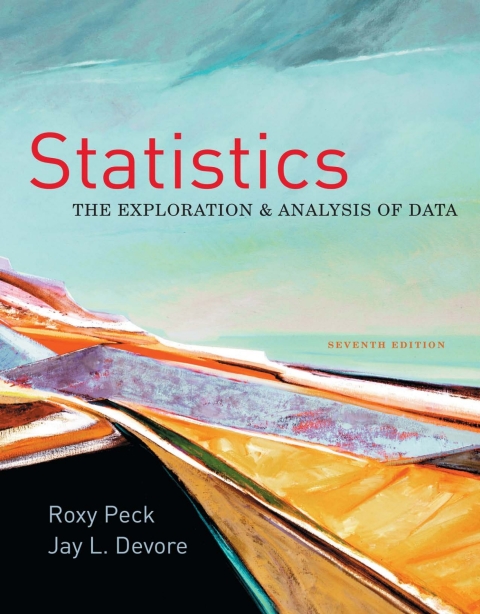USA Today (March 15, 2001) introduced a measure of racial and ethnic diversity called the Diversity Index.
Question:
USA Today (March 15, 2001) introduced a measure of racial and ethnic diversity called the Diversity Index. The Diversity Index is supposed to approximate the probability that two randomly selected individuals are racially or ethnically different. The equation used to compute the Diversity Index after the 1990 census was 1 2 [P(W)
2 1 P(B)
2 1 P(AI)
2 1 P(API)
2
]
[P(H)
2 1 P(not H)
2
]
where W is the outcome that a randomly selected individual is white, B is the outcome that a randomly selected individual is black, AI is the outcome that a randomly selected individual is American Indian, API is the outcome that a randomly selected individual is Asian or Pacific Islander, and H is the outcome that a randomly selected individual is Hispanic. The explanation of this index stated that 1.
3P1W2 2 1 P1B2 2 1 P1AI2 2 1 P1API2 2 4 is the probability that two randomly selected individuals are the same race 2.
3P1H2 2 1 P1not H2 2 4 is the probability that two randomly selected individuals are either both Hispanic or both not Hispanic 3.
The calculation of the Diversity Index treats Hispanic ethnicity as if it were independent of race.
a. What additional assumption about race must be made to justify use of the addition rule in the computation of 3P1W 2 2 1 P1B2 2 1 P1AI2 2 1 P1API2 2 4 as the probability that two randomly selected individuals are of the same race?
b. Three different probability rules are used in the calculation of the Diversity Index: the Complement Rule, the Addition Rule, and the Multiplication Rule. Describe the way in which each is used.
Step by Step Answer:

Statistics The Exploration And Analysis Of Data
ISBN: 9781133171744
007th Edition
Authors: Roxy Peck, Ay L Devore






